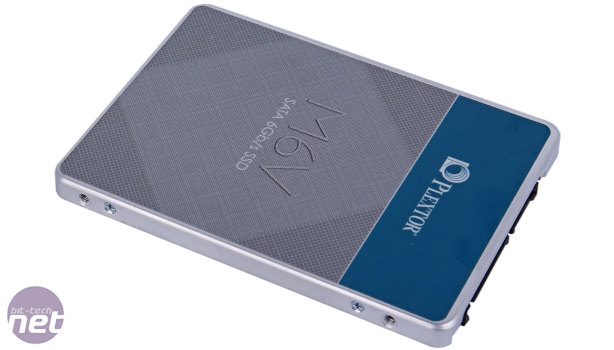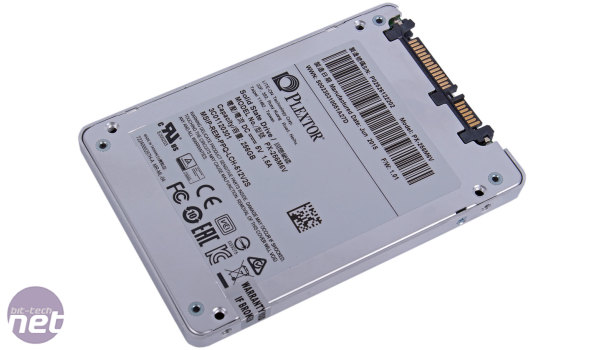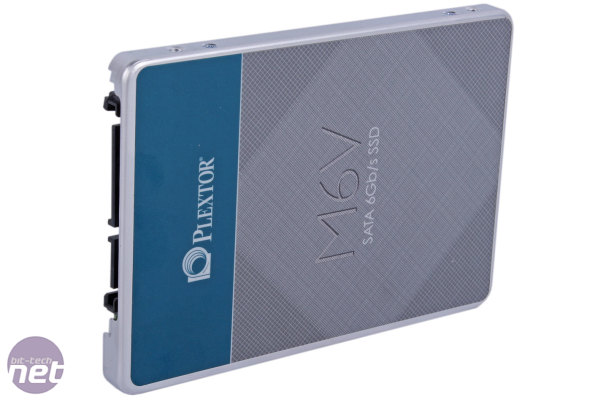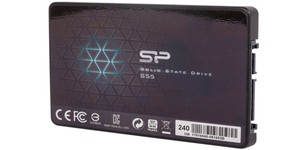
Performance Analysis
The fresh-out-of-box testing shows reliably high sequential reads but sequential writes are low for an MLC drive of this capacity. TLC drives do well in this test since CrystalDiskMark is only writing a small amount of data and thus their acting SLC cache comes in handy. Random read performance is high, while writes are just average.Steady state performance is pretty poor; its average IOPS even drops below one of the TLC drives, although its average response time is 17 percent ahead of any such SSD. The consistency of its performance is also quite low, but this was due to semi-frequent bursts of speed rather than drastic drops, so you shouldn't need to worry about your system stuttering as the drive becomes full and wears over time. An improvement here would be nice, but the M6V holds up well enough, especially as it's using no additional overprovisioning.
After being given a battering, the drive recovers well and maintains sequential read and write performance in line with its specifications. As mentioned, it's a little on the low side for writes as an MLC drive, but the Iometer tests run for long enough to overrun any pseudo-SLC caches, and thus demonstrate its lead over the TLC drives. Random performance stays middle of the road for both reads and writes.
In our mixed workloads, the sequential performance is fine but the M6V definitely exhibits a bias towards read-heavy workloads, which isn't a bad thing for this sort of drive. As the write intensity increases, it falls behind competing MLC drives, but not by much. Mixed workloads with random data is actually a real strong point for the M6V, and this again bodes well for relatively light home user workloads.
PCMark 8 puts the M6V in the middle of the road for each test. Between the SATA drives here especially, there are very few meaningful differences and the M6V does not change that – in most workloads, this SSD will feel just as fast as any other.
Conclusion
The M6V's performance holds up fairly well wherever it's tested with no major pitfalls; certainly not any that should worry regular home users or gamers. Sequential writes are perhaps a little low, but really that's only going to matter if you frequently move lots of large files to the drive and even then the differences aren't that big.As usual, the purchasing decision really just comes down to price and the general advice of buying the biggest capacity SSD that you can afford holds true. When it comes to the M6V, the asking price of just under £70 for 256GB certainly isn't bad, but there are a solid selection of similar capacity drives for less cash, including MLC ones. It's definitely not way off the money, but equally it's not low enough to earn a recommendation. Plextor does have a TLC drive planned for this year and hopefully that will give it more of a competitive edge, but without its own in-house NAND production it's going to be hard for Plextor to push down prices as low as those companies that do.

MSI MPG Velox 100R Chassis Review
October 14 2021 | 15:04











Want to comment? Please log in.